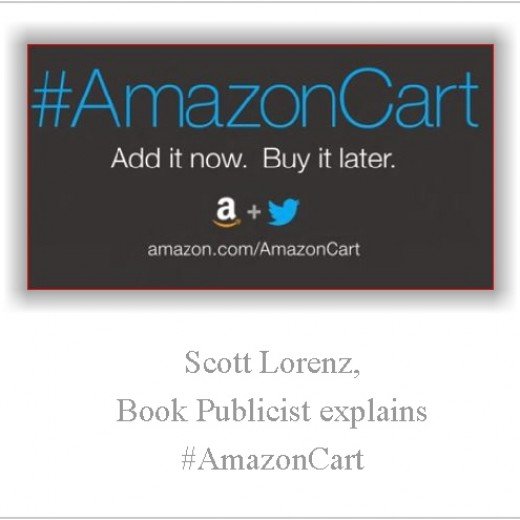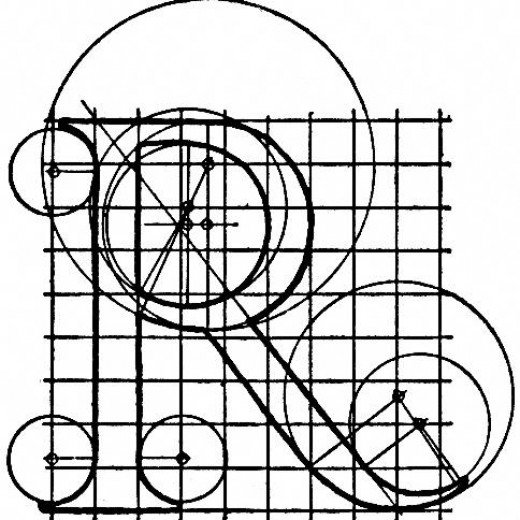Artist Entrepreneur: W for Web Site—The Artist’s Alphabet Guide to Writing About Your Art by Aletta de Wal
 Welcome to the Artist Entrepreneur Column, an occasional series where we talk about the fun, wild and scary ride of succeeding as an artist entrepreneur of all stripes and types and mediums.
Welcome to the Artist Entrepreneur Column, an occasional series where we talk about the fun, wild and scary ride of succeeding as an artist entrepreneur of all stripes and types and mediums.
Welcome back guest columnist, Aletta de Wal. She specializes in helping visual artists succeed in their fine art careers. She posts regularly on “The Artist’s Alphabet Guide to Writing About Your Art” and other success tips for fine artists on the topic of writing about your art. Today it’s W for Web Site. Enjoy!
***
I like the contrast of using an image of the letter ‘w’ from the 15th century to illustrate how to think about web sites. Johann Gutenberg’s invention of movable type presses in 1440 made the inexpensive mass printing of books possible. So think of the Internet as our modern day version of transmitting information. Just don’t confuse information with communication with your audience.
At the time of writing this post, there were about 1,630,000,000 web sites. My purpose is not to dismay you. I simply want to remind you that web sites are a technological tool that does not replace communication, but allow you to distribute information.
Before You Write Any Copy.
You could just launch into writing, but three steps in preparation will help you focus your writing.
Step One: Describe your actual or ideal audience.
If you’ve been following this series, you’ll know by now that everything you do in marketing starts with understanding your audience.
Step Two: Use a memorable domain name.
Resist the temptation to be clever or tricky. Intentionally mis-spelled or unusually abbreviated words within a web address are confusing. The simplest, most memorable domain name is usually a repeat of your business name, so check the “availability” of your art business name first.
Step Three: Define the purposes of your website.
What you want to people to do on your web site will determine how much and what type of copy you’ll need to write.
Consider the following possibilities:
- Do you want people to simply view your art, see a list of exhibits and learn about you?
- Do you want to people to buy originals, reproductions, and other items online?
- Do you want people to know your thoughts, ideas, inspirations, and engage in conversation?
- Do you want your website to be a place where the media/press can obtain information about you?
Next, Check This List to See What You Already Have and What’s Left to Write:
The good news is that we’ve already covered most of these items. Just follow the links if you missed any.
Home Page
The first page the viewer sees on your web site is a near equivalent of your cover letter in your hard copy portfolio. The home page tells the viewer whether or not they are in the right place and includes enough about you and your art to make them want to investigate more.
Remember it’s more about your art than anything else, so include a striking image and a tagline that makes your art memorable.
About the Artist
This page “tells your story as an artist” in a compelling way. You want viewers to feel that they know, can trust and want to like you. Help them to understand what drives you to be a professional artist and how you make your art.
(You can select content from your artist statement and bio, and add strong images of you at work in your studio or at an exhibit.)
Your artist statement introduces you, your art philosophy, and your working process to your viewer. Describe your inspirations, influences and methods.
Your biography is a summary of your history as an artist, based on the facts listed in your resume. An artist’s biography is one page or less, written in the third person.
Your resume is a list of vital, dated information about your art career accomplishments, including education, exhibits, gallery representation, museum collections, commissions, awards and honors, teaching, publications.
Images
Organize your images into galleries for different types of work or media. Then write a description that fully describes the piece.
Include recent articles, press, and reviews of your artwork to build your credibility and visibility. Make sure they are written in such a way that anyone can link to them or repost them as is.
Contact
Let people know how best to contact you. Include your full contact information: Your name, business name, surface mail address, telephone number(s), and social media addresses.
Payment System
Whether you offer your art online or in person, taking credit cards is a good idea. Describe your payment systems. You can also offer and describe convenient layaway plans with a deposit on a credit card.
Prices
In your hard copy portfolio, you have an inventory sheet. Your web site should include prices with images, along with the media and dimensions.
Art Purchase Policy.
It’s good business sense to put into writing exactly what you’re transferring to the buyer of your art, as well as what you’re not. Write a statement that you display on your web site, indicating the terms that the buyer agrees to upon purchase.
Good work! Now You Are Ready to Write Copy.
The first time you write the content for your web site is the most time consuming, but it’s worth the time, energy and broken pencils. One of my first writing mentors comforted me with this phrase: “Criticism is easier than crafting.”
Give yourself permission to write Version 1.0, and then just improve it as you did with your art form. If you need a bit of help, please contact me.)
Next time, X for X-Rated.
***
 About the Author: Aletta de Wal, Artist Career Training
About the Author: Aletta de Wal, Artist Career Training
Aletta de Wal inspires fine artists to make a better living making art in any economy.
Aletta works with part-time, emerging and full-time artists who are serious about a career in fine arts. Aletta makes make art marketing easier and the business of art simpler.
More information at: http://www.artistcareertraining.com/artmatters-newsletter/






